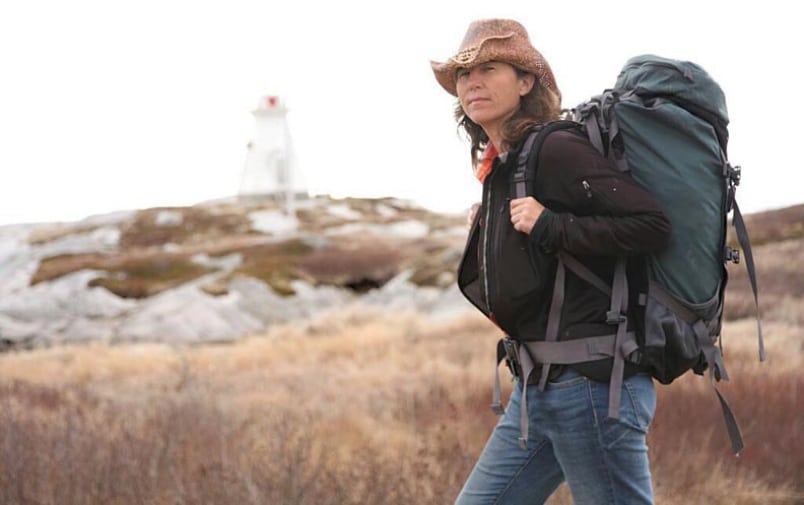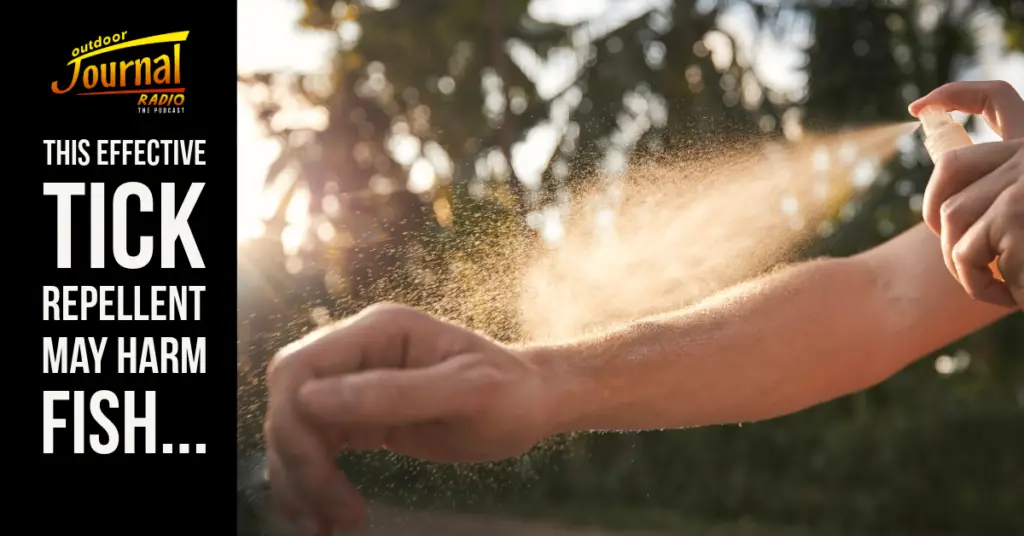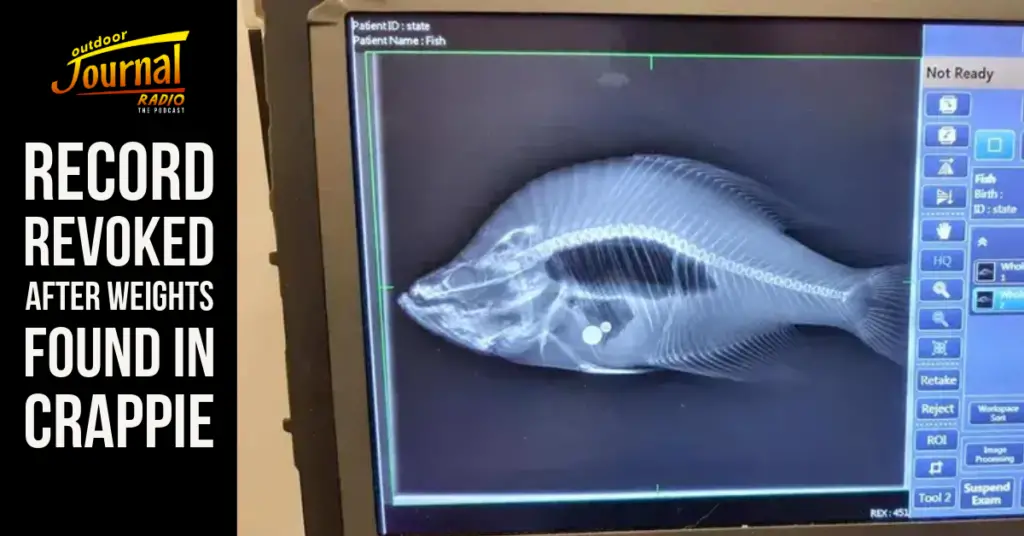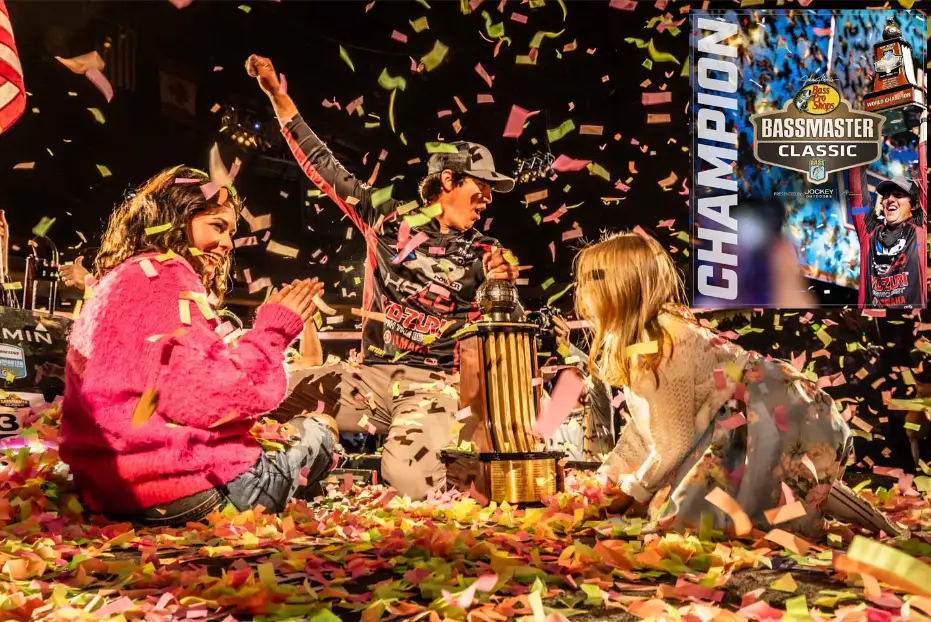Canadian filmmaker Dianne Whelan has been awarded the Audience Choice Award—with a cash prize of $25,000—at the DocLands Documentary Film Festival, presented by the California Film Institute. Dianne’s forthcoming feature, 500 Days in the Wild, was the only Canadian film that competed as a finalist for top honours.
500 Days in the Wild, still a work in progress, chronicles Dianne’s remarkable five-year journey of self-discovery on The Great Trail, a staggering 24,000-kilometre trail across Canada—-the longest in the world.
Dianne intends to put the prize money toward the post-production costs required to prepare the film for an official release.
Interview with Dianne Whelan
On August 21st, Dianne joined Fish’n Canada host Angelo Viola on the weekly Fish’n Canada Live Webcast for a lively and inspiring conversation about her journey and her process as an artist and an outdoorswoman.
“If I had known it was going to take me this long, would I ever have started it? I don’t know.” Dianne Whelan, multiple award-winning Canadian filmmaker, joins Angelo Viola for a spirited discussion of the five-year journey to produce her forthcoming film, 500 Days in the Wild.
“I can tell you that the journey has changed a lot from the very beginning,” explains Dianne. “When I left, I really was solo. I didn’t have any money, I’m an independent filmmaker. I was applying for grants. But I owned my own equipment. And, I mean, I’m a cinematographer and I know how to make films by myself. So off I went on this long journey.”
“I Burned the Schedule.”
Dianne took the first steps of her journey in 2015 on Canada’s East Coast. In addition to all her film equipment, Dianne carried with her a map and a detailed schedule for how she would traverse the landscape and complete her voyage within a pre-determined amount of time. “It was the end of day ten and I realized I hadn’t even hit the end of day one yet on my schedule. So, I had to have a really sober moment with myself.”
After a moment of consideration, Dianne decided to let the creative process dictate the shape her journey would take over what became the next five years. “I lit a little fire and I just burned the schedule. I just said, ‘Let it go, Dee. It’s not why you’re out here. You’re not out here for athletic achievement or anything. You’re out here as an artist trying to make a film.'”
“What Does a Day Look Like With Dianne?”
The logistics of a 24,000-kilometre journey—especially if one is capturing the trip for a feature film—can be difficult to manage. “Because I’m moving between mountain bike riding, cross-country skiing, snowshoeing, and of course, I think, close to eight thousand kilometres I would’ve paddled in a canoe, I need help moving between these different things. But I can tell you that help is extremely grassroots; nobody is getting paid, including myself… This film is being made by the currency of kindness. And that’s what’s so cool about all of it.
“And at first, of course, I was afraid of that. I’m like, ‘How am I going to make a film this way?’ But actually, one of the first lessons I learned on this journey was You are what you carry in your heart.”
Dianne contributes much of her progress to the support of her friends and family. But Dianne was surprised by the support she also found along the way—specifically, in the Indigenous communities that not only helped her to find her way physically and geographically, but spiritually.
“Whatever we create, wherever we’re going, it is completely influenced by what we carry in our heart. And I was told that by a Mi’kmaw elder…”
A Huge Paradigm Shift
Still, Dianne’s outlook toward being completely alone in the wilderness—despite the love and support she felt when she encountered Indigenous communities along the way—evolved as time went on. “When I left Newfoundland, I remember looking at the map and going, ‘Okay, here I’m close to a community. Great, I’ll feel safe there… Oh, in this section I’ll be way in the middle of nowhere, I’m a bit scared of that,” says Dianne. But then, things changed. “Within about six months into the journey, [I’d be] looking at a map going, ‘Oh, I’m going to be close to a community, yuck! I’m kinda scared of that! Oh good, then I’m gonna be out in the middle of nowhere, phew, it’ll be great!’ Huge paradigm shift in terms of where I felt safe and where I felt threatened.”
Dianne’s relationship to the wilderness has evolved so much, she’s in no hurry to get back to “real life” any time soon.
Angelo poses the question, “Did you ever find yourself wanting to give up?”
The answer comes without hesitation. “Never. Partly because in order to make this journey, I had to get rid of all my bills!” she admits. “Usually you have to die to lose all your bills!”
For Dianne, the humdrum nine-to-five lifestyle had lost its appeal. “It actually stopped making sense to me. And this makes sense. When I’m out here and I’m just this small little human being and there’s this massive world out here with birds and animals, and trees and flowers, I know my place. It’s humbling.”
Get Involved
Dianne has partnered with the Canadian Parks and Wilderness Society to create an opportunity for people to get involved with her project by allowing a tax-free donation that will contribute to both CPAWS conservation efforts and the post-production of 500 Days in the Wild. Everybody who contributes to this creative collaboration will be named in the film’s credits, Dianne explains.
For highlights of Dianne’s conversation with Angelo, check out the video above. For the full interview, visit the Fish’n Canada YouTube channel. Don’t forget to subscribe to stay up-to-date on more Canadian outdoors content.







